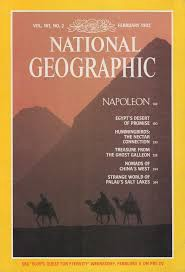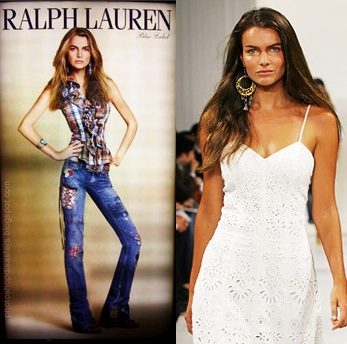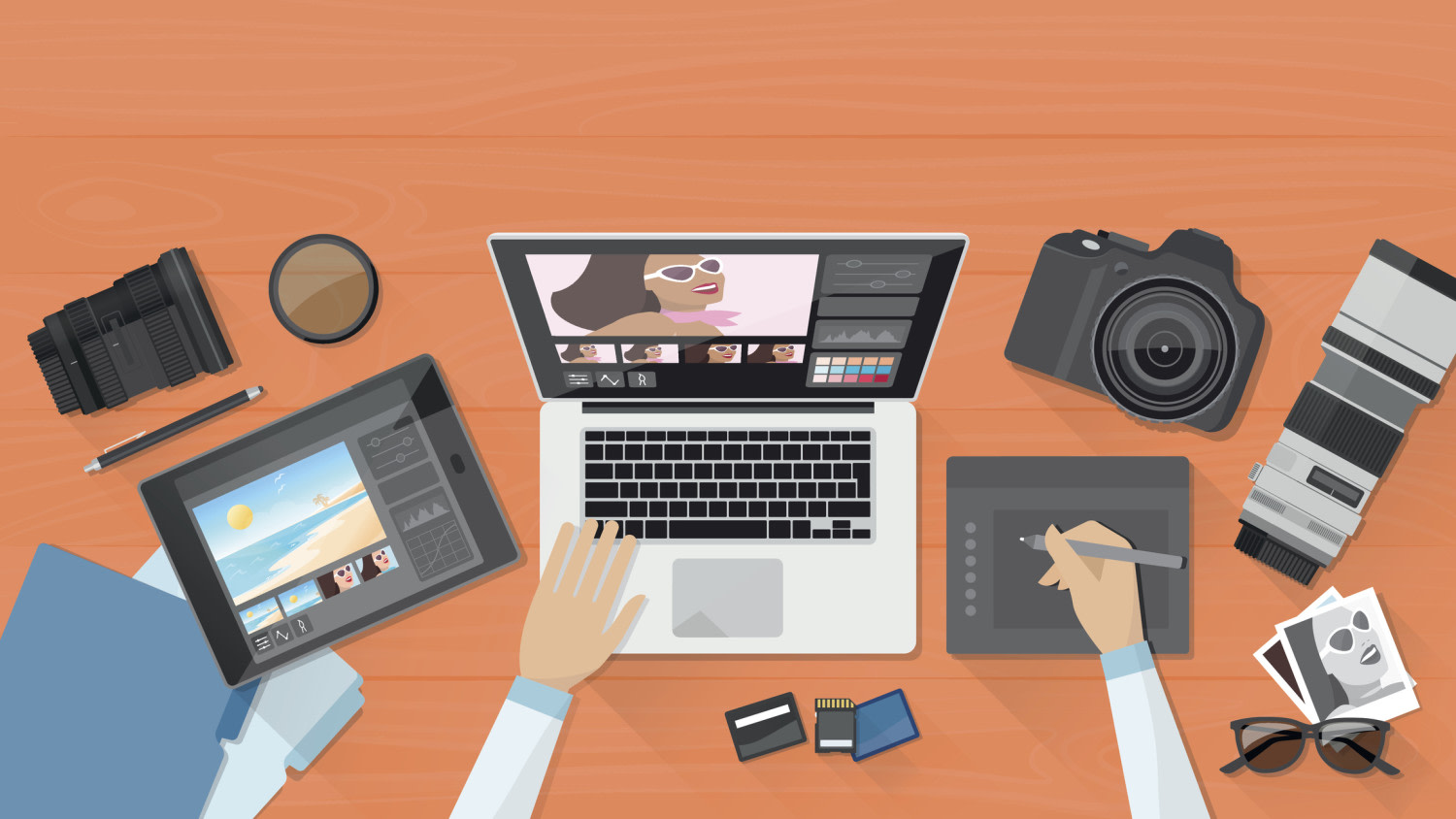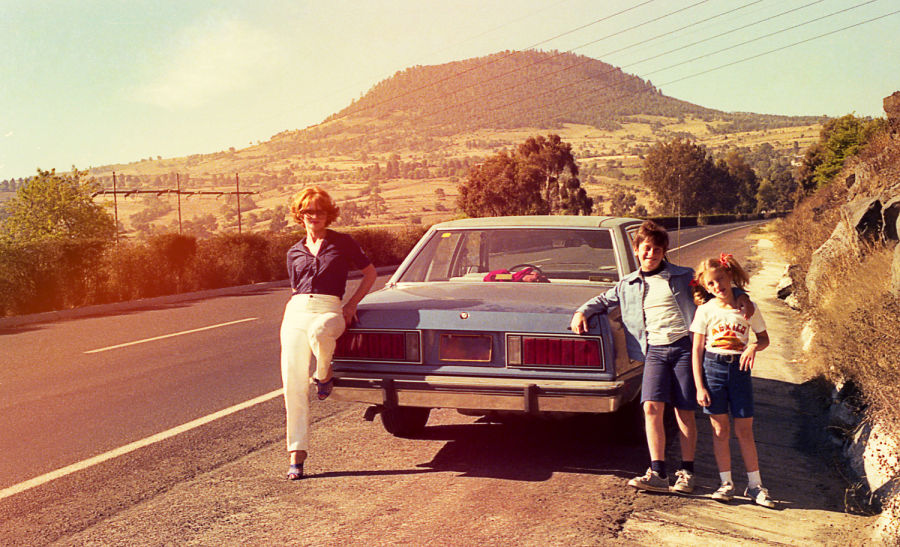//
May 29, 2020
The Era of Candid Photography & Authenticity
Today more than ever it’s important to center the brand for your business around authenticity.
People want to support a real story and have something they can relate to and connect with, as opposed to a perfectly curated world— that’s out of anyone’s grasp. Advertising is living in an era where, if a photo, especially a photo of a person, is edited to “correct” imperfections, your audience will call it out, potentially damaging your business' brand and credibility. To illustrate the power photography has on your brand, here are a few examples of situations that your brand will want to avoid being caught up in.
National Geographic is one of the many, and one of the most remembered, publications over the years, to come under fire for the photo manipulation and image editing of Egypt’s pyramids. They took a horizontally captured image and repositioned the pyramids to fit in a vertically-formatted cover.

Edited image

Unedited Image
The damage to National Geographic at the time was tangible—a magazine used in schools as educational material, was caught in a lie. For the longest time National Geographic was relied on by thousands as an accurate, reliable source of information with real-time imagery from around the world. This incident opened up a whirlwind of responses, many wondering at the time: if this image was Photoshopped to move natural elements, what else had National Geographic manipulated and published? How could one tell what content could, and couldn’t be trusted? This is a situation no brand wants to be in, where their credibility is under fire.
RELATED:
Another brand that has had it’s target audience question their credibility would be Ralph Lauren. Ralph Lauren has come under fire a multitude of times, for editing their models to appear slimmer to a degree that is unhealthy and unattainable.

Take for instance this example where Filippa Hamilton was edited to an extent that can only be labeled as a distortion of reality (on the left is the edited image, on the right is the healthy reality). This image brought in a massive wave of concern and criticism against the brand for creating and promoting this kind of unhealthy body image.
Some people may be quick to say, it’s just an image, it doesn’t matter, but to the thousands of children and young women looking up to this brand’s image as a role model to mimic and aspire to, it is a huge health concern. It is impossible to look like the edited image. The model’s body was edited to an extent where her head is larger than her pelvis. Rather than choosing to promote an authentic, healthy image, Ralph Lauren chose to distort and create an unrealistic and unhealthy body type for their audience to look up to.
In this age of social media, where all it takes is a click of a button to share and comment to bring an audience together for a topic of conversation, it is critical to be conscientious of the power of photography. Prior to this, were you aware of the impact photography can have on your brand? Need help creating photography for your brand? and we will be happy to help you with a free consultation today!







